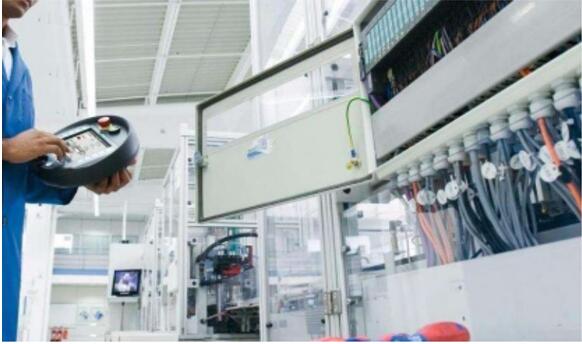Blindly Pursuing High Resolution:
Many people think that the higher the resolution, the better, but it is not. On the one hand, high-resolution cameras are expensive, and will increase the pressure of data storage and processing, may need to be equipped with higher-speed processors, higher-capacity storage devices and more efficient image processing software, resulting in a significant increase in overall system costs. On the other hand, too high a resolution may reduce the frame rate of the camera. If the subject is a high-speed moving object, the high resolution may be insufficient due to the frame rate of the drag shadow, affecting the detection effect. In addition, if the lens resolving power cannot keep up with the camera resolution, even if the camera has high pixels, it will not be able to present a clearer image, but may instead magnify the lens' defects such as aberration and distortion.
Ignoring The Relationship Between Pixels and Accuracy:
Some people think that the higher the pixel, the higher the detection accuracy, which is inaccurate. Detection accuracy is not only related to pixels, but also affected by the size of the camera target surface, lens focal length, working distance and other factors. For example, if the camera target surface is small, even if the pixel is very high, the light-sensitive ability of individual pixels may be weak, and in the case of insufficient light, it is easy to produce noise, which affects the image quality and detection accuracy. In addition, according to the detection accuracy requirements, there exists a suitable pixel matching range. For example, to detect the surface scratch of an object, the size of the object required to be photographed is 10*8mm, and the detection accuracy is 0.01mm, and the minimum resolution is about 1.2 megapixels through calculation, but in order to improve the accuracy and stability of the system, it is preferable to make the defective area more than 3 to 4 pixels, and at this time, a camera with about 3 megapixels should be selected.
Lens and Camera Matching Is Not Considered:
The resolution of the lens needs to be matched with the industrial camera. If the lens image-square resolution is greater than 2 times the image element size of the camera, the resolution of the camera will be wasted; if it is less than 2 times the image element size, the resolution of the lens will be wasted. At the same time, the lens distortion, chromatic aberration and other factors will also affect the imaging quality. For example, the wide-angle lens edge aberration can be up to 5% -8%, if not corrected, even if the camera resolution is high, the image of the edge area will be distorted, resulting in inaccurate detection results. In addition, different lens coating processes will affect the light transmission and color reproduction of the lens, which in turn affects the clarity and quality of the image.
Product recommendation
TECHNICAL SOLUTION
MORE+You may also be interested in the following information
FREE CONSULTING SERVICE
Let’s help you to find the right solution for your project!


 ASK POMEAS
ASK POMEAS  PRICE INQUIRY
PRICE INQUIRY  REQUEST DEMO/TEST
REQUEST DEMO/TEST  FREE TRIAL UNIT
FREE TRIAL UNIT  ACCURATE SELECTION
ACCURATE SELECTION  ADDRESS
ADDRESS Tel:+ 86-0769-2266 0867
Tel:+ 86-0769-2266 0867 Fax:+ 86-0769-2266 0867
Fax:+ 86-0769-2266 0867 E-mail:marketing@pomeas.com
E-mail:marketing@pomeas.com
